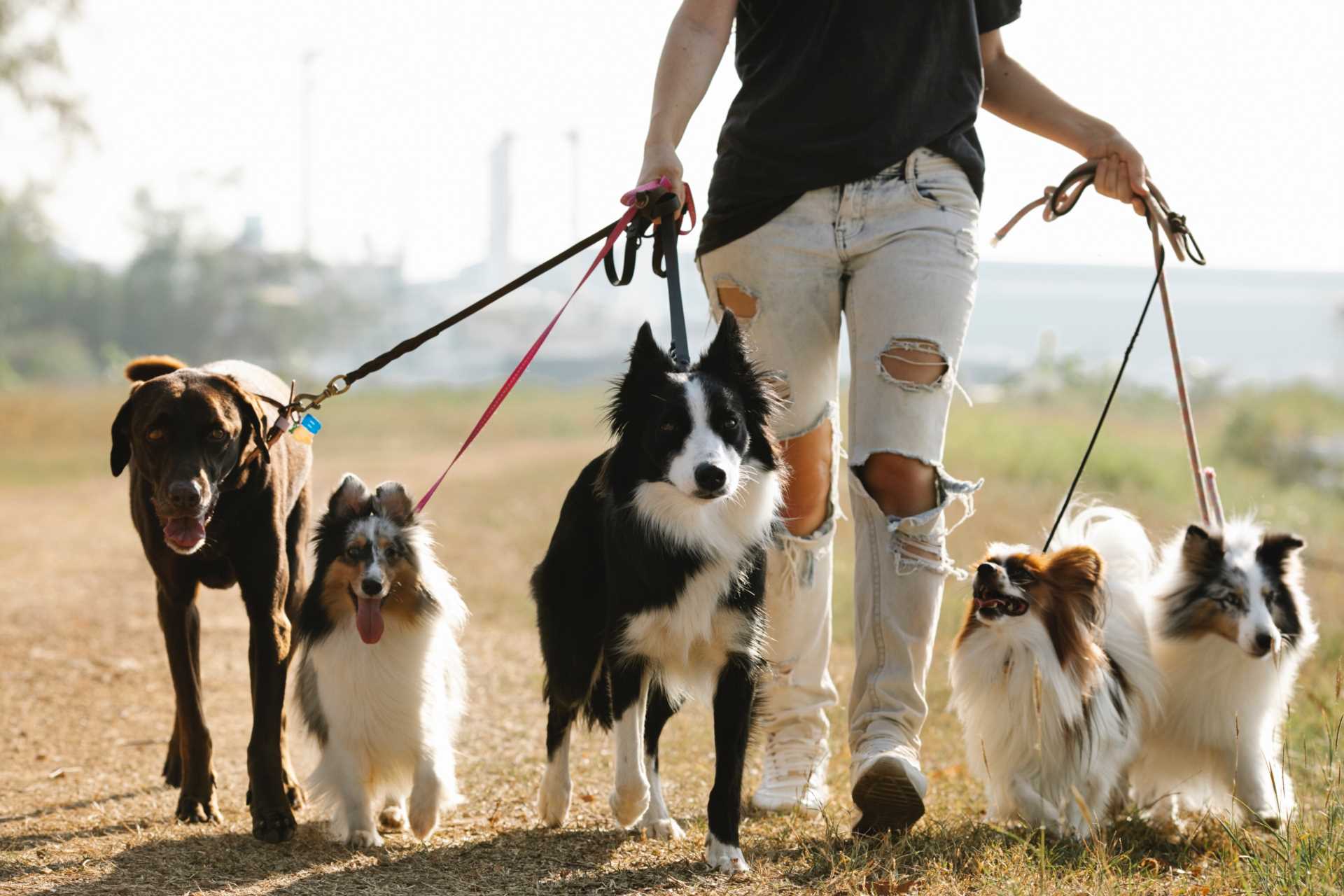
Date Published 15 June 2022
With the summer finally here and the temperatures rising over the next few days we have been checking when is the best time to take our canine friend for a walk.
Dogs can only sweat through their paws, are at significantly higher risk of getting heat stroke and the way they lose heat is through panting. Dogs always need walking and it's best to walk your dog early in the morning or in the evening to reduce the risk of heat stroke and stop them burning their paws on the pavement. We wear shoes, but if you place your hand on the pavement you will be amazed at how hot it is. Try the 5 second test. If it's too hot for your hands, it's too hot for paws!
Here is a list of top tips for the summer months from the RSPCA –
• Never leave dogs in hot cars, conservatories, out buildings or caravans on a warm day (even if only for a short while). When it's 22°C outside, temperatures can quickly rise to 47°C (117°F) in these environments, which can be fatal.
• Use pet safe sun cream on exposed parts of your pets skin, such as the tips of their ears and nose, to avoid sunburn. This is especially important if your dog has white or light coloured fur, as they can be very vulnerable to getting burnt. If you're unsure which is the right product to use, please ask your vet.
• Ensure pets always have access to shade and fresh drinking water to help keep them cool.
• Check every day for flystrike. This can be fatal. (Flystrike is a painful and sometimes fatal condition caused by flies laying their eggs on another animal).
• Put ice cubes into your dog's water bowl or make some tasty ice cube treats. You could also freeze a Kong with treats and water.
• Give your dog damp towels to lie on (never place a damp towel over your dog as this can trap in heat) or an ice pack wrapped in a towel. Both simple methods could provide welcome relief from the heat.
• If you're planning a day out with your dog, check before leaving home whether dogs are allowed. If they're not, arrange a pet-sitter or choose another, dog-friendly attraction.
• Groom them regularly. Regular grooming in warmer weather can help brush away any dead or excess hair, leaving your dog with a less dense coat. This is much better for staying cool.
• Dogs may also appreciate a paddling pool to splash around in, although not all dogs like water, so there's no need to force them if they don't want to.
It is essential to watch out for signs of burnt pads and heat stroke. Signs of burnt pads include limping or refusing to walk, licking or chewing at the feet, pads darker in colour, missing part of a pad and blisters or redness. Signs of heat stroke include heavy panting and difficulty breathing, excessive drooling, your dog may appear lethargic, drowsy or uncoordinated, collapse or vomit. If you suspect that your dog has heat stroke it is imperative that you act quickly and contact your vet.